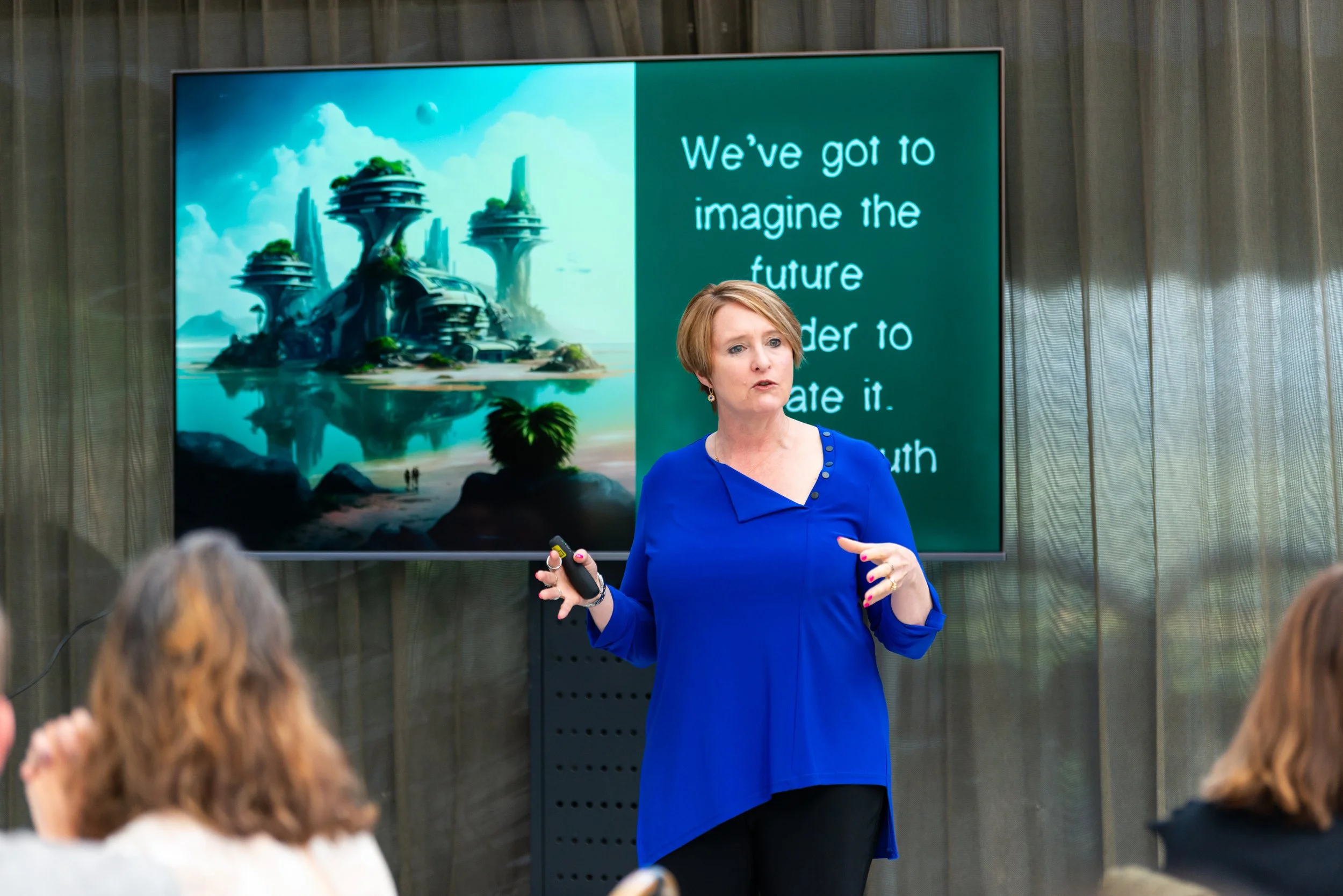A leadership perspective on the signs of change
We almost died. It was the summer of 1992, and we were paddling one of the large wild rivers in North West Ontario with a group of young women. We were five weeks in to our six week trip and we had grown confident and complacent in the environment.
We missed the signs. We weren’t scanning the horizon for a tell-tale drop in the tree line, or listening for the amplified sound of water turbulence. Suddenly, our canoe was being pulled more quickly downriver and the roar of an enormous set of rapids washed over us. Then we saw it: a six foot wave with a massive lip curling back on us. This is called a ‘frowning hole’ and meant bad news: if we capsized in it (highly likely), we would have been spun relentlessly in the powerful churn, with little chance of escape.
Somehow we managed to launch ourselves out of the boat and cling to the shore rocks, just hanging on to the canoe and keeping it from getting sucked downstream. We survived - just.
Complacency and confidence blinds us in the business environment too. We drift along, normalising the ripples and challenges, and forget to be vigilant for the signals of change.
This is what we need to learn with thinking filters, to make sense of normalised chaos:
Three key types of leadership awareness
1. Situational Awareness: what the hell is going on?
Look for the behaviours in what is going on around you (rise of nationalism for example) and ask ‘why is that happening’. Asking why is better than judging it. This gives you depth of perspective.
It gives you a frame that you can fill in, much like completing a puzzle.
2. Impact Awareness: who is this affecting?
Look for the downstream effect of these signals such as what are the systems and stakeholders that are immediately affected? Who are THEIR stakeholders?
There is always a path when you begin to look.
3. Perspective Awareness: how am I seeing this?
I find that male leaders bring different concerns to the table than female leaders. If we consider which filters overlay others, often men’s primary filter is reputation, whereas women’s primary filter is confidence. Both are concerned with reputation and have confidence issues, but for men the reputation concern edges out others. It’s a subtle difference that shifts responses. It skews our perspective, just a little, and in an important way.
When you look, you can see.
What do you see in your context? Why do you think this is happening? What personal filters fill your lens and affects your view? Do you think men see differently to women?
***
Related Articles:
The best strategic thinking needs a sounding board more than a board of directors
***
About the author, Canberra leadership expert Zoë Routh:
Canberra based leadership expert Zoe Routh discuss three key types of leadership awareness
Zoë Routh is one of Australia’s leading experts on people stuff - the stuff that gets in our way of producing results, and the stuff that lights us up. She works with the growers, makers, builders to make people stuff fun and practical.
Zoë is the author of four books: Composure - How centered leaders make the biggest impact, Moments - Leadership when it matters most, Loyalty - Stop unwanted staff turnover, boost engagement, and build lifelong advocates, and People Stuff - Beyond Personalities: An advanced handbook for leadership. People Stuff was awarded Book of the Year 2020 by the Smart WFM Australian Business Book Awards.
Zoë is also the producer of The Zoë Routh Leadership Podcast.


